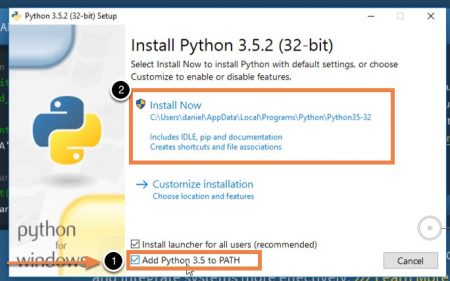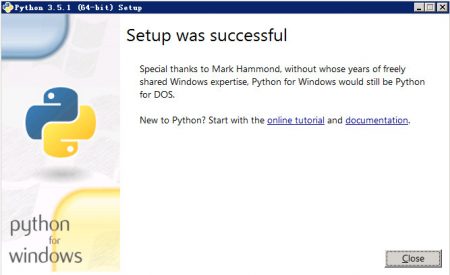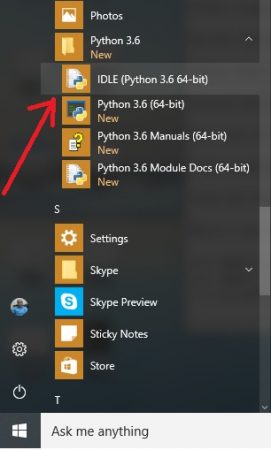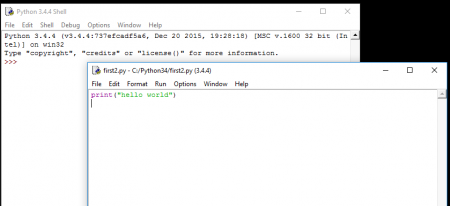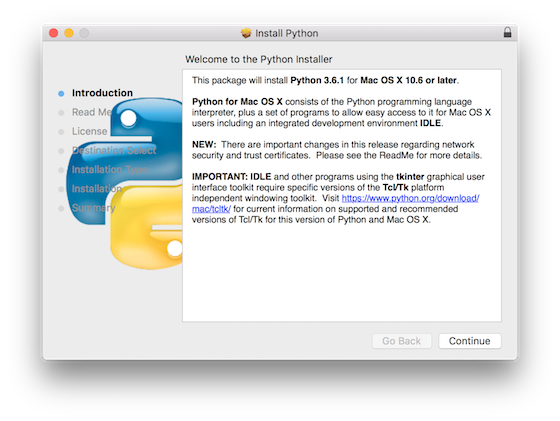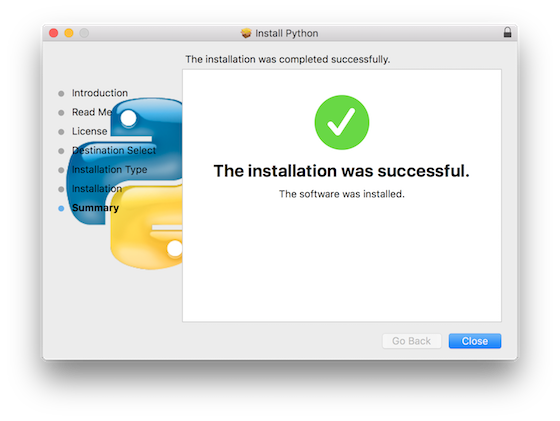Python Tutorial: A Complete Beginners Guide
Python is a high-level programming language that is widely used nowadays all over the world. It’s very easy to use and adapt. It’s a general-purpose language created by Guido van Rossum.
What are the Benefits of Python?
Well first, let’s see what Python has to offer us. From the endless benefits, here are a few to motivate you.
- Python is open source
- Syntax of Python is very easy to learn and has high readability.
- Python has extensive support libraries (Data science libraries, Machine learning libraries, Data analytics libraries)
- Python is very user friendly and has very rich built-in data structures which are easy to use. Also Python provides the option of dynamic high-level data typing which reduces the length of support code that is needed.
- The object oriented design of Python is clean which provides enhanced process control.
- Concisely and most importantly Python is the language of the smartest programmers.
Applications of Python Programming
So let’s see some applications of Python in real life to give you a bit more impulse to learn this amazing programming language.
-
- To quote many, here are few companies and institutions who use Python as their one of the main programming language: Google, NASA, CERN, WIKIPEDIA
- Social news networking site “Reddit” is entirely written in Python.
- Python scripts serve as scripting language for web applications.So if you want a web server gateway interface you can use Python
- You may hear about some famous web framework like Django, Pylons, Pyramid, TurboGears, Flask etc. All are based on Python.
- NumPy, SciPy and Matplotlib ( Modules of Python) are used in Scientific computing.
- SageMath is a mathematical software programmable in Python.
- Python has been embedded in many software products as a scripting language like – Abaqus, FreeCAD, Cinema4D, MotionBuilder, Softimage, GIMP and so many others.
- Python has been used in algorithmic trading, Artificial Intelligence, and Machine learning.
So what else do you expect from a programming language that Python doesn’t have? To be exact nothing. That’s the beauty of Python. What do you think?
Python Tutorial – Step-By-Step Python Installation
So far with the introductory part, hope you are interested enough to explore the domain of Python programming language. Now let’s continue with our Python tutorial for beginners.
But for that you need to install Python in your machine.
Big Question: Python 2.x Vs Python 3.x: Which Python version should you start with?
If you surf the web, you will surely face this dilemma. There are two different kinds of releases of Python. They are Python version 2.x( latest 2.7) and Python version 3.x (latest 3.6). And they’re not completely backward-compatible!
So which one to use and why?
Well, from version numbering you can understand Python 2.x is the previous version. In Python 3.x a vast change is seen from the previous version.
But this is for sure Python 3.x is far more advanced and easy to use than Python 2.x. Though still, you will see a lot of references in Python 2.x. But it is wiser to go with the latest version. So in this series, we will use Python 3.6.
With the recent launch of Python 3.9, there are quite a lot of new features that are updated.
1. Steps to Install Python on Windows – Python Tutorial
If you are using Windows, you need to download Python 3.x from here.
Simply click the installer file and follow the instructions. Here is the image for success screen.
You are all set. After this in your start menu you can see an entry named “IDLE- Python 3.x GUI-32/64 Bit”. Click and open it.
This is your platform for coding in Python called python shell.
Now click File->New File.
You will see a new script created. Write the following line and save it.
print("hello world")
Below image shows IDLE app in action.
Now click Run->Run module. You will see in the shell-
======================= RESTART: C:/Python34/your_program_name.py =======================
hello world
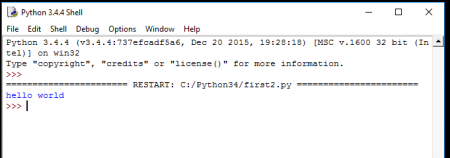
That’s your first program in Python. Pretty neat. Right?
2. Steps to Install Python on Ubuntu – Python Tutorial
On Ubuntu 14.04 and later, Python 3.4 is installed by default. So don’t need to do anything. 🙂
So simply open gedit or whatever text editor you are using. write the following line in it-
print("hello world")
Now save it. And while doing it don’t forget to change the extension of the file. It will be like “your_program_name.py”
Now open terminal and run with below command.
$python3 your_program_name.py
You will see the output will be – “hello world”. Your very first program in Python.
3. Steps to Install Python on Mac OSX – Python Tutorial
For Mac, you can download Python 3.x from here
After downloading, double click it. you can see an installer popped up.
Just follow the instructions and click on Next buttons and it will install Python on your Mac. Below is the success screen.
Now search for IDLE app. Click and open it. This is your platform for coding in Python called python shell.
Now click File->New File. You will see a new script created. Write the following line there and save it.
print("hello world")
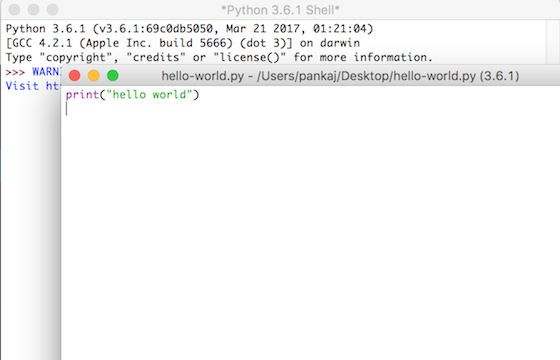
Below image shows IDLE app in action. Now click Run-> Run module. you will see in the shell-
======================= RESTART: ~your_program_name.py =======================
hello world
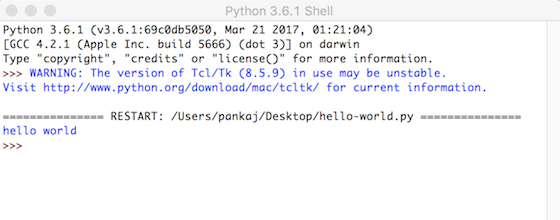
That’s your first program in Python. Isn’t it cool?
Python Tutorial for Beginners – Conclusion
As a Python beginner, you should start out with an easy to use Integrated Development Environment (IDE) and making your first few Python programs as easy as possible.
This initial success will boost you into developing in Python even more. The default Python IDE is IDLE which is available when you do a complete installation.
As you continue to code further, you have a a lot of IDEs available. It’s a matter of perspective on which one is better. But for the later part of this tutorial series, we will use “Pycharm” as our IDE. But for now IDLE is enough.
Python Tutorial: A Complete Beginners Guide


